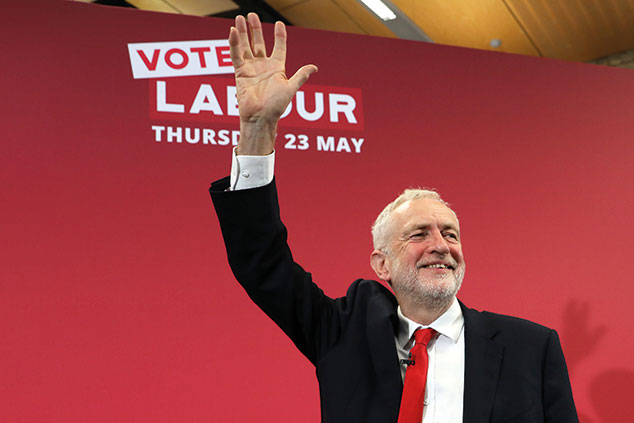
Thankfully, it could also mean investment opportunities. Let’s start with green power. My sense is that a Labour government could choose to focus on the “third pillar of infrastructure” (after social infrastructure and renewable energy): energy efficiency. SDCL Energy Efficiency Income (LSE: SEIT) invests in projects that have little or no subsidy or regulation risk, don’t take on exposure to energy markets, and rely on so-called “contractual de-risking”.
How does this work? Imagine you are Santander bank and want all your offices to have LED lighting. You talk to the people behind this fund. They set up a special purpose vehicle (SPV), which funds the capital cost upfront and signs a deal with an energy-service company to run the operations. In return, the fund gets long-term cash flow from payment for the energy, and maybe even makes extra money if they overachieve on energy-saving targets.
So far, SEIT has acquired a seed portfolio of 12 investments and commitments, with expected returns of 7% to 8% after fees/costs and the impact of gearing (debt). SEIT’s shares trade on a 7% premium to net asset value (NAV), with a dividend yield of around 5%.
Another big area worth focusing on is social housing. The most vulnerable funds here are those focused on high-margin, high-cost-of-capital supported housing, like Civitas and Triple Point. I think they’ll be on the receiving end of negative policy decisions, as emboldened state planners look at the existing lease model and switch back to state funding.
By contrast, classic out-of-favour private-rented sector funds, especially those with some social-housing exposure, could do well. Residential Secure Income (LSE: RESI) looks healthy, has a good pipeline of developments and is moving into shared-ownership projects. These are really interesting if priced right, and could be bullet-proof even in a Corbyn government. RESI has already amassed a significant portfolio of income-producing retirement homes and local-authority housing, working only with investment-grade counterparties. With a portfolio of £260.7m, boasting long-term inflation-linked contracts, this fund represents decent value on a discount to NAV of 16% and a yield of 5.5% per year.
Hedging your bets
Last, but by no means least, we have Target Healthcare (LSE: THRL), which focuses on purpose-built accommodation for older people. My hunch is that a Labour government would try and force through some form of back-door nationalisation of elderly care, especially for those services funded by local authorities. Target owns its properties and then leases them to well-backed operators, with long-term contracts and RPI protection.
The £477m portfolio is made up of 56 operational homes and five pre-let forward-funded developments, with a net initial yield of 6.3%, and a loan-to-value ratio of 17%. The current share price represents an 8.2% premium to NAV and a prospective yield of 5.6%.
Finally, even if we don’t get a Labour government, a future Conservative government is still likely to be fairly keen on social housing, retirement homes and energy efficiency. All three funds are decent long-term income investments, and their shares are currently trading at premiums or discounts that aren’t outrageous.